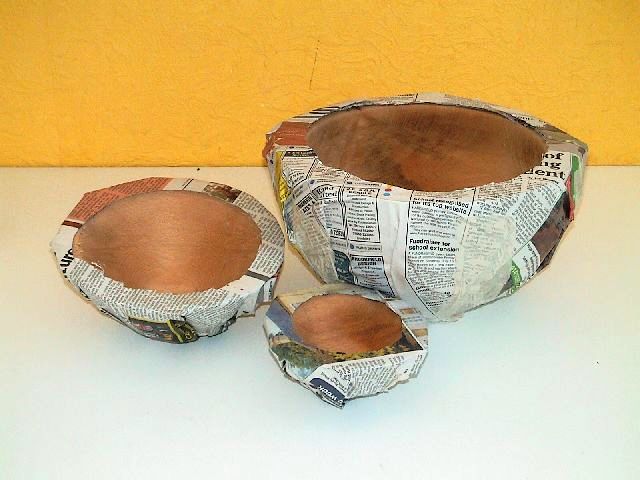You look like you're half way through rough turning them to be honest. A frequently used technique for green bowl blanks is to rough turn the wood when still wet including the hollowing out of the middle. You turn the rough profile you want on the outside and create a chucking point and then pull most of the middle out. The idea is you leave the wall thickness with enough material still in place that later when it's dry (in about 6 months) you can re turn it and remove any of the movement that has happened in the interim. So leave the wall pretty thick, a good inch on smaller bowls and larger on bigger jobs. Your Elm there looks like it will be about 8-10 inches finished diameter so a wall thickness of about an inch or so is fine. You then seal the outside surface with pva/paint/wax whatever you have basically and many also wrap in news paper or sacking to keep a moist microclimate inside the packaging. The idea is to speed up the drying by making the whole blank thinner but at the same time, slow down the remaining moisture loss to avoid cracking. As Dalboy says, it doesn't always work but if you do enough, some will survive and then in about 6 months of dry storage on a garage shelf somewhere (out of the sun) you can remount and finish them. At this time the wood will have assumed an oval shape as it shrinks more across the grain than along it so be careful when you remount it as it will need to be re-trued and particularly the chucking point will need to be re-trued for safe work holding. Lastly, avoid polythene as a storage medium because the blanks will almost certainly rot in that environment. At the start, check them frequently for mildew etc









































